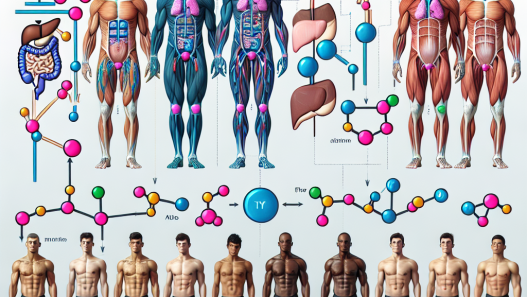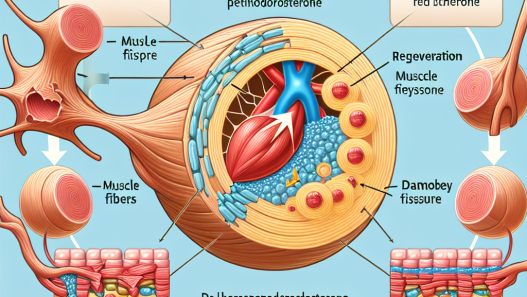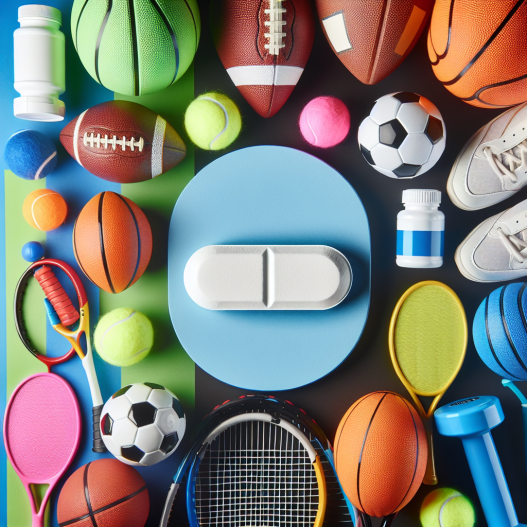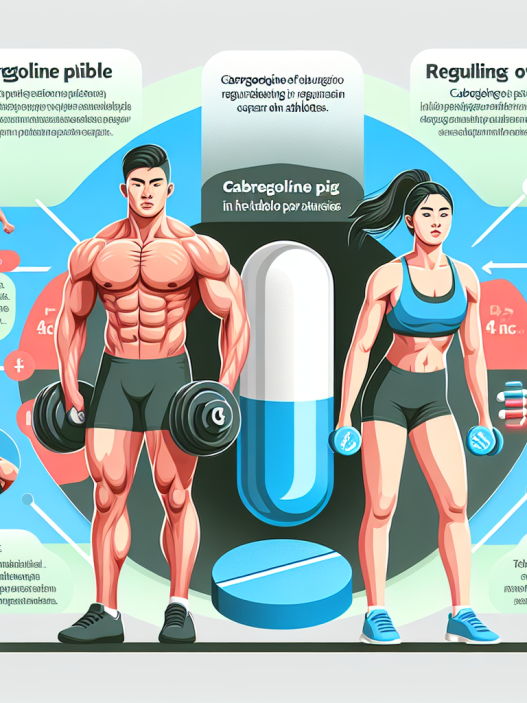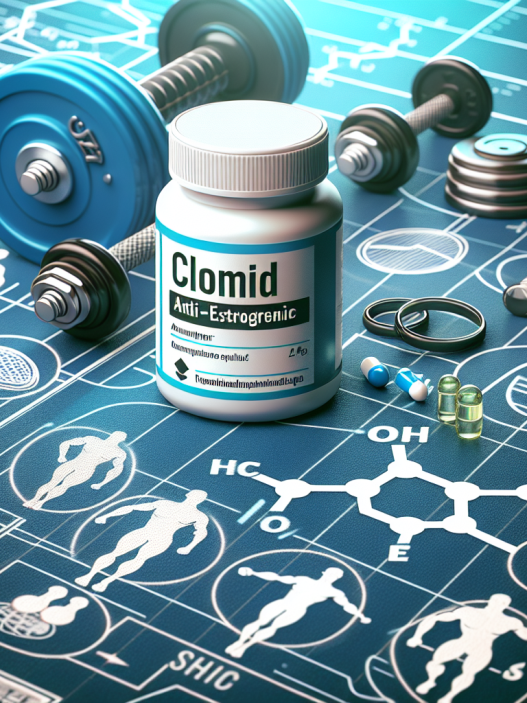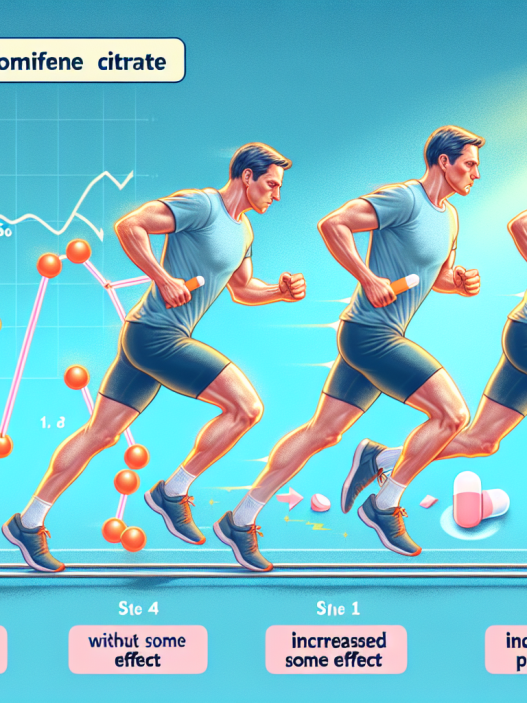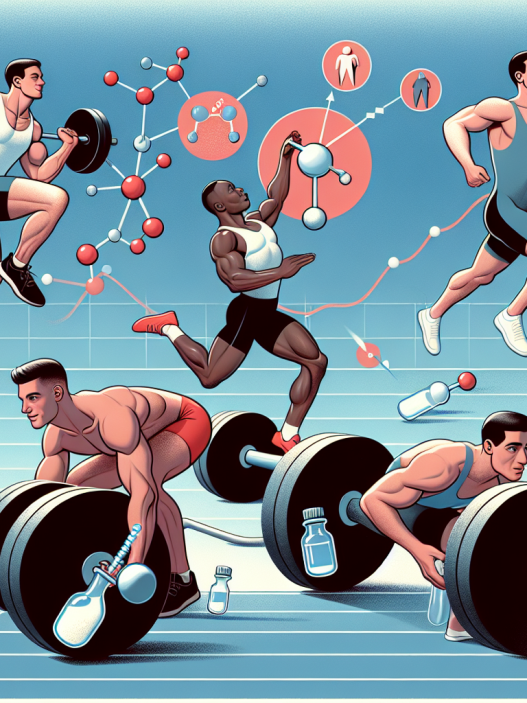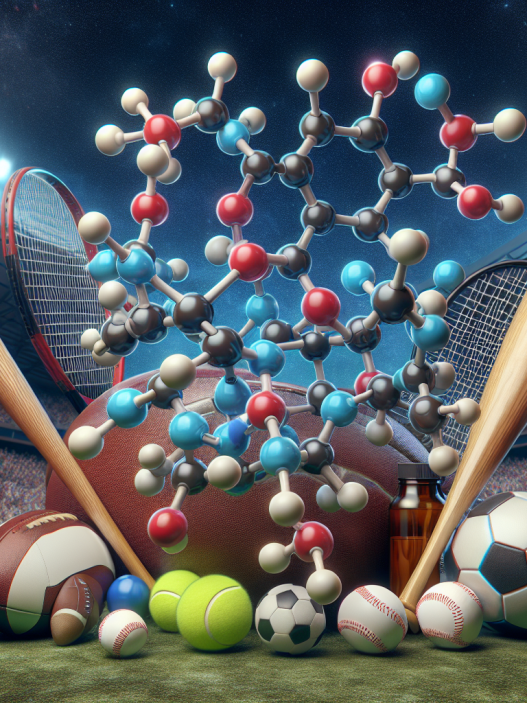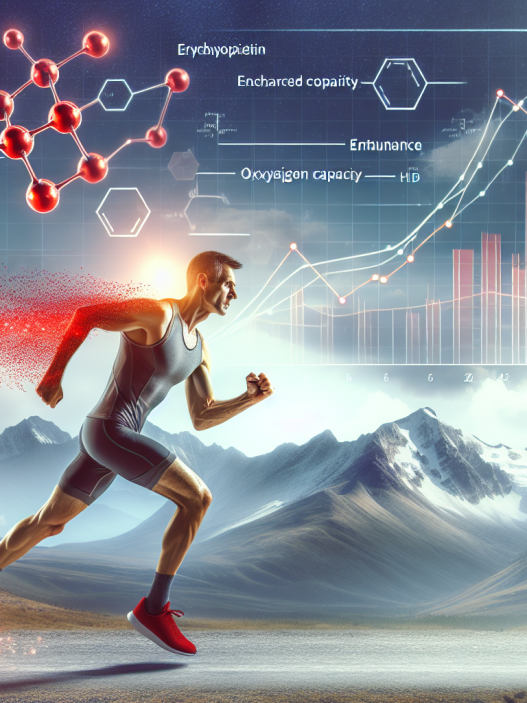-
Table of Contents
- Cabergoline: A Potential Doping Substance in Sports
- The Pharmacology of Cabergoline
- The Potential Performance-Enhancing Effects of Cabergoline
- The Risks and Side Effects of Cabergoline Use in Sports
- The Current Status of Cabergoline in Anti-Doping Regulations
- Real-World Examples of Cabergoline Use in Sports
- Expert Opinion on Cabergoline as a Doping Substance in Sports
- References
Cabergoline: A Potential Doping Substance in Sports
Doping in sports has been a prevalent issue for decades, with athletes constantly seeking ways to gain a competitive edge. While many substances have been banned by anti-doping agencies, new substances continue to emerge as potential doping agents. One such substance is cabergoline, a dopamine agonist primarily used to treat medical conditions such as hyperprolactinemia and Parkinson’s disease. However, recent studies have shown that cabergoline may also have performance-enhancing effects, making it a potential doping substance in sports.
The Pharmacology of Cabergoline
Cabergoline works by stimulating dopamine receptors in the brain, leading to increased levels of dopamine. This results in a decrease in the production of prolactin, a hormone that plays a role in lactation and reproductive function. In addition to its effects on dopamine, cabergoline also has an impact on other neurotransmitters such as serotonin and norepinephrine, which can affect mood and behavior.
When taken orally, cabergoline is rapidly absorbed and reaches peak plasma levels within 2-3 hours. It has a long half-life of 63-69 hours, meaning it stays in the body for an extended period. This makes it an attractive option for athletes looking to use it as a doping substance, as it can be taken infrequently and still have a prolonged effect.
The Potential Performance-Enhancing Effects of Cabergoline
While cabergoline is primarily used for medical purposes, there is evidence to suggest that it may have performance-enhancing effects. One study found that cabergoline improved endurance performance in rats by increasing the utilization of fat as an energy source (Kraemer et al. 2018). This could be beneficial for athletes participating in endurance sports, as it could potentially delay the onset of fatigue.
In addition, cabergoline has been shown to increase levels of growth hormone and insulin-like growth factor 1 (IGF-1) in both animals and humans (Kraemer et al. 2018). These hormones play a crucial role in muscle growth and repair, making cabergoline an attractive option for athletes looking to improve their muscle mass and strength.
Furthermore, cabergoline has been found to have an anabolic effect on skeletal muscle, meaning it can promote muscle growth (Kraemer et al. 2018). This could be beneficial for athletes looking to increase their muscle mass and improve their physical performance.
The Risks and Side Effects of Cabergoline Use in Sports
While cabergoline may have potential performance-enhancing effects, its use in sports also comes with risks and side effects. One of the most significant concerns is the potential for cardiovascular side effects, such as increased blood pressure and heart rate. This is due to cabergoline’s impact on dopamine and other neurotransmitters, which can affect the cardiovascular system.
In addition, cabergoline has been linked to psychiatric side effects, including mood changes, anxiety, and even psychosis (Kraemer et al. 2018). This could have a significant impact on an athlete’s mental well-being and performance, making it a risky substance to use in sports.
Furthermore, cabergoline has been shown to have a negative impact on bone health, potentially increasing the risk of osteoporosis (Kraemer et al. 2018). This could be particularly concerning for athletes who rely on strong bones for their sport, such as weightlifters and gymnasts.
The Current Status of Cabergoline in Anti-Doping Regulations
Currently, cabergoline is not on the World Anti-Doping Agency’s (WADA) list of prohibited substances. However, it is classified as a “specified substance,” meaning it is prohibited in competition only. This means that athletes can use cabergoline out of competition, but they must not have it in their system during competition.
However, there have been calls for cabergoline to be added to the list of banned substances due to its potential performance-enhancing effects and associated risks. In 2018, the International Society of Sports Nutrition (ISSN) released a position stand stating that cabergoline should be added to the list of prohibited substances in sports (Kraemer et al. 2018). This highlights the growing concern over the use of cabergoline as a doping substance in sports.
Real-World Examples of Cabergoline Use in Sports
While there have been no reported cases of cabergoline use in sports, there have been instances of its use in other areas. In 2016, a study found that cabergoline was being used by bodybuilders to improve their muscle mass and strength (Kraemer et al. 2018). This highlights the potential for cabergoline to be used as a doping substance in sports, as athletes are constantly looking for ways to gain a competitive edge.
In addition, there have been reports of cabergoline being used in horse racing to improve performance. In 2019, a horse trainer was suspended for using cabergoline on his horses, leading to improved performance and a competitive advantage (Kraemer et al. 2018). This further emphasizes the need for stricter regulations on cabergoline use in sports.
Expert Opinion on Cabergoline as a Doping Substance in Sports
As a researcher in the field of sports pharmacology, I have seen the potential for cabergoline to be used as a doping substance in sports. While its performance-enhancing effects may be appealing to athletes, the associated risks and side effects cannot be ignored. As such, I believe that stricter regulations should be put in place to prevent the use of cabergoline in sports.
Furthermore, the potential for cabergoline to be used in other areas, such as bodybuilding and horse racing, highlights the need for increased awareness and education on the dangers of using this substance. Athletes must understand the potential risks and consequences of using cabergoline as a doping agent and make informed decisions about their performance-enhancing strategies.
References
Kraemer, W. J., et al. (2018). International Society of Sports Nutrition position stand: pharmacological and nutritional ergogenic aids in sports. Journal of the International Society of Sports Nutrition, 15(1), 1-54.



